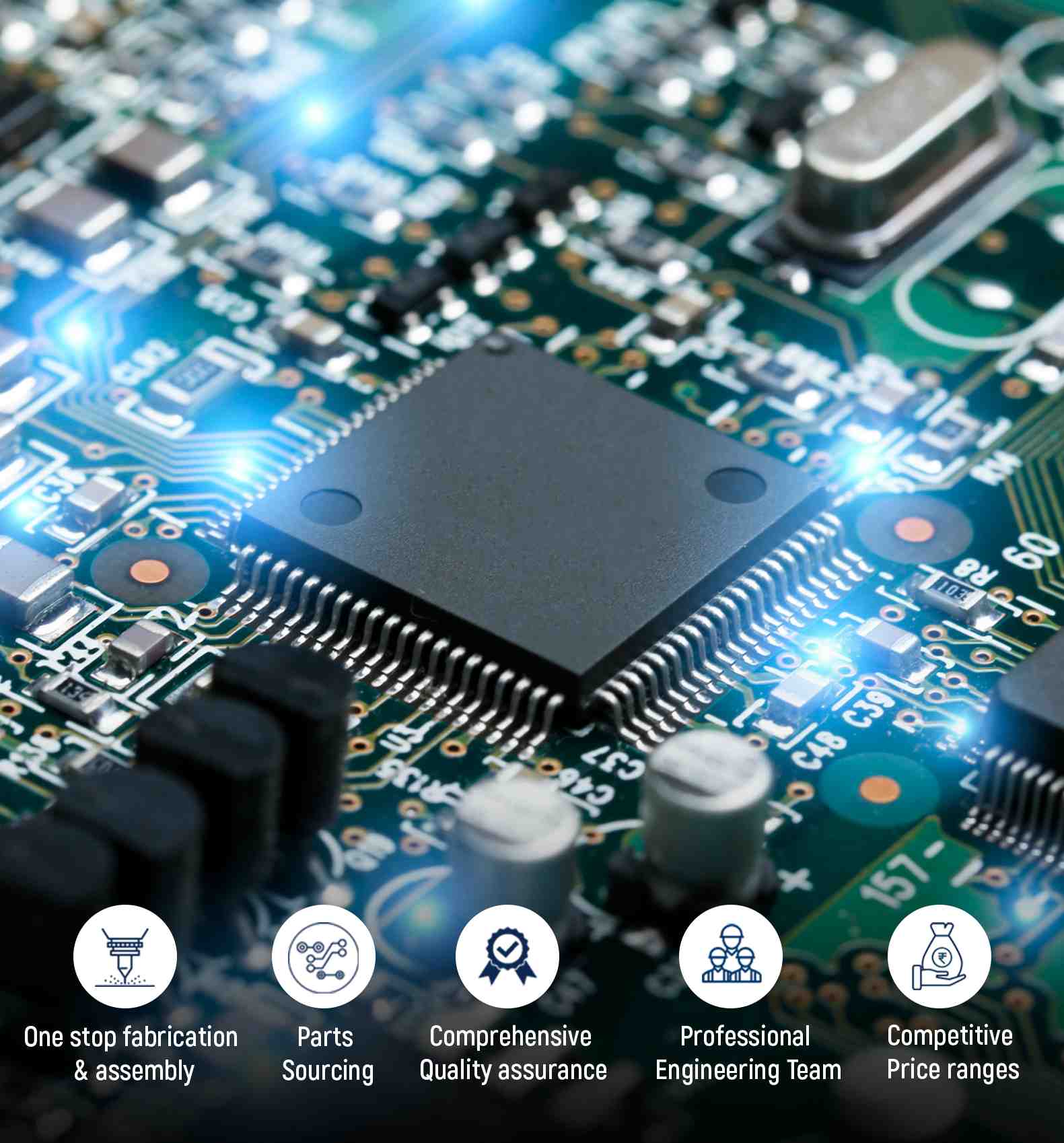Digitalization is a key component of contemporary automotive technology. The use of electronic technology is increasing rapidly and the experts of wiring harness company in India understand the importance of properly integrating the working of car electronics. Electronic components like media centres, driver aid systems, and engine control systems are everywhere in modern vehicles. The development of the “connected car” and autonomous driving are recent examples of how these technological technologies are continually improving.
The wire harness is a crucial component of a car’s electronics. It serves as the backbone, tying the digital parts to one another and to other parts like the engine or chassis. The extra onboard electronic systems are also powered by it.
One of the most important systems for a vehicle’s efficiency and safety is the wire harness. Some faults, like a broken stereo, can be annoying. Even more significant problems, including the malfunction of driver assistance systems, can be avoided by careful driving.
In a wire harness system, a wire break or a loose connection would be more than just a nuisance; they might literally mean life or death. To ensure quality and vehicle safety, every system that the wire harness connects to must be constructed with utmost precision. .
Production of Automotive Wire Harnesses
The wire harness for a specific vehicle is frequently the same across all models produced by automakers. Regardless of whether the option was ordered with the vehicle, every wiring harness comes with the wires for every conceivable option. Other automotive manufacturers merely design and construct the wiring harnesses that are required for the options that were selected with the vehicle.
The limited interior space and weight of the wires themselves are the driving forces behind the development of more specialised harnesses. Automotive wire harnesses are not only very lengthy, but many of them weigh between 50 and 60 kilogrammes. Wire harnesses are no exception, and manufacturers must take advantage of each chance to reduce weight. As a result, wire harness systems are made specifically for each model rather than the entire vehicle.
Wire harness manufacturing for automobiles requires a lot of labour. Up to 95% of the cost can be attributed to physical labour, which is why businesses are constantly looking for manufacturing locations in nations with cheap labour costs.
Design With the Right Type of Wire for the Use Case
The proper wire type for the application must be chosen while designing and maintaining wire harnesses. Depending on the needs of the application, a solid or stranded wire should be used. By using the wrong wire, you run the risk of having a defective product, safety issues, inadequate insulation and shielding.
There are a few distinctions between stranded and solid cables, but performance, function, and design requirements are the most important ones. In general, solid cables outperform stranded wires as electrical conductors because they have superior, stable electrical properties that work throughout a wide frequency range. In addition to being more resilient, solid wires can tolerate vibration, operate in all types of weather, and are less prone to corrosion due to their smaller surface areas. They maintain their shape and fit into IDCs on jacks, patch panels, and connecting blocks at terminal points more successfully.
However, stranded cables are a superior option if a design calls for flexibility. As the name implies, stranded wiring is made up of braided stranded wire that are bunched together. It can tolerate bending and flexing significantly better than solid wiring because to the design advantages. The latter is less flexible, more unyielding, more brittle, and it will break if the application calls for even a small amount of flexing or twisting. They work well indoors or in enclosed spaces, such as within automobile doors, speaker wires, or circuit boards.







Recent Comments